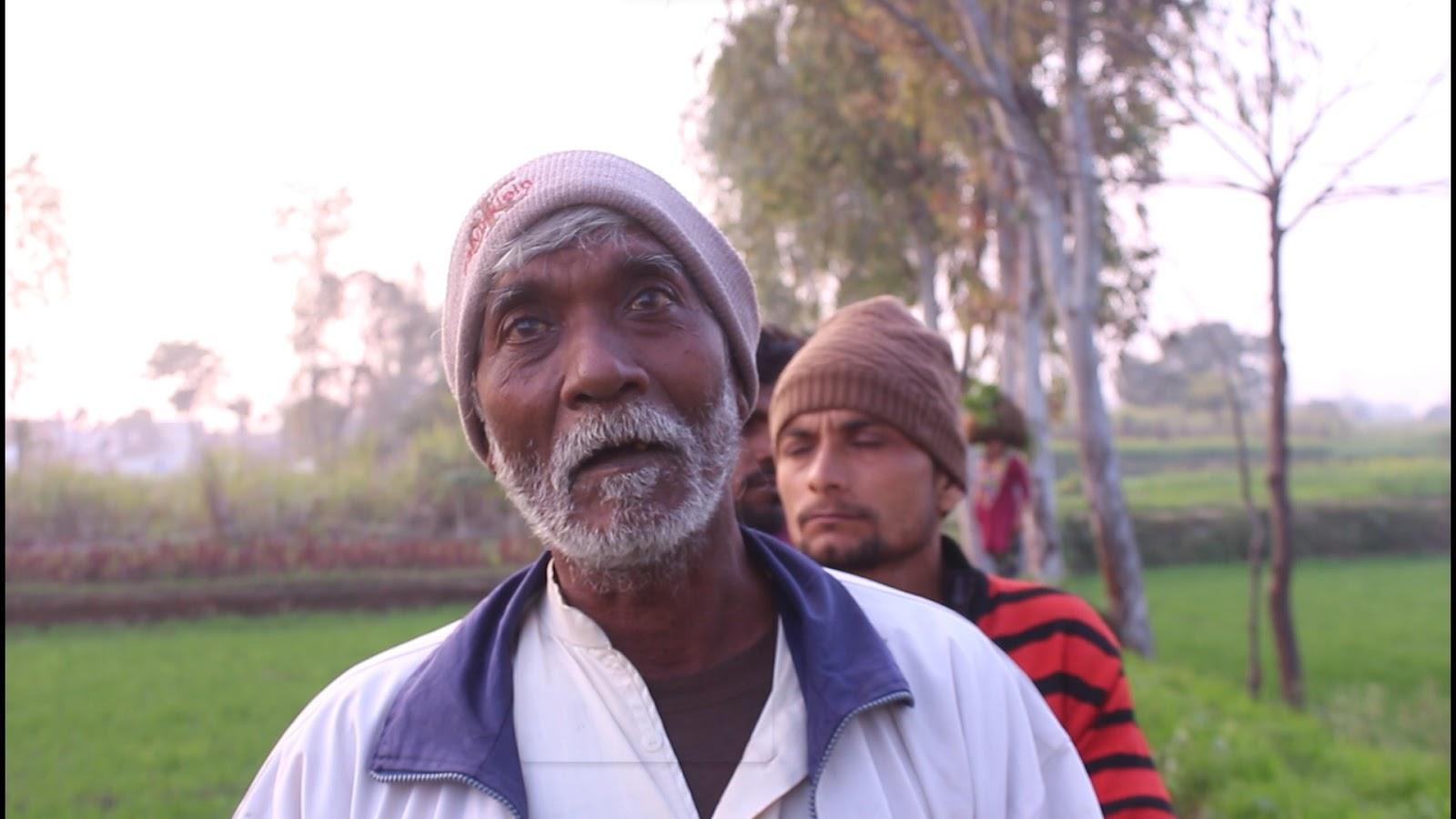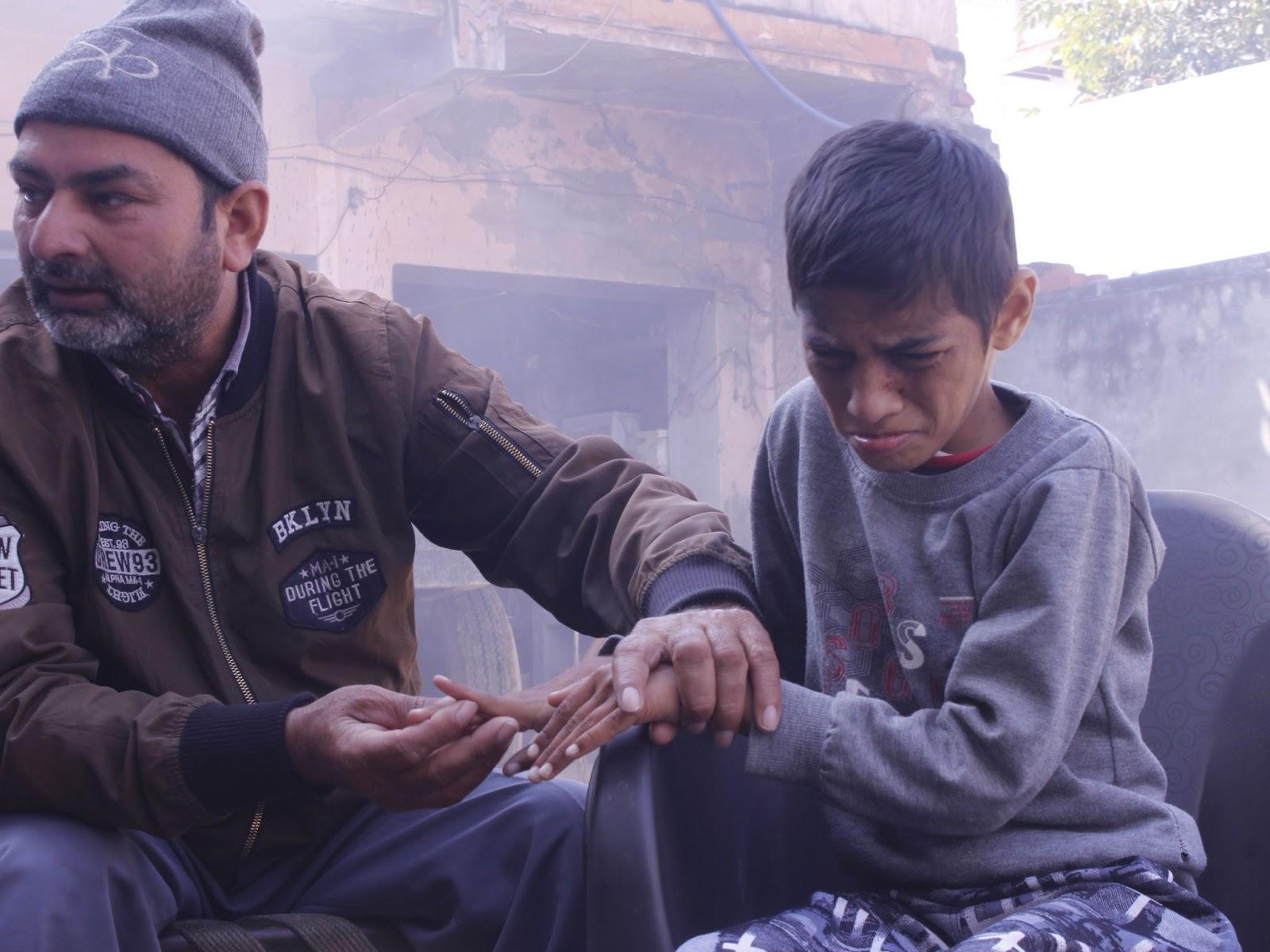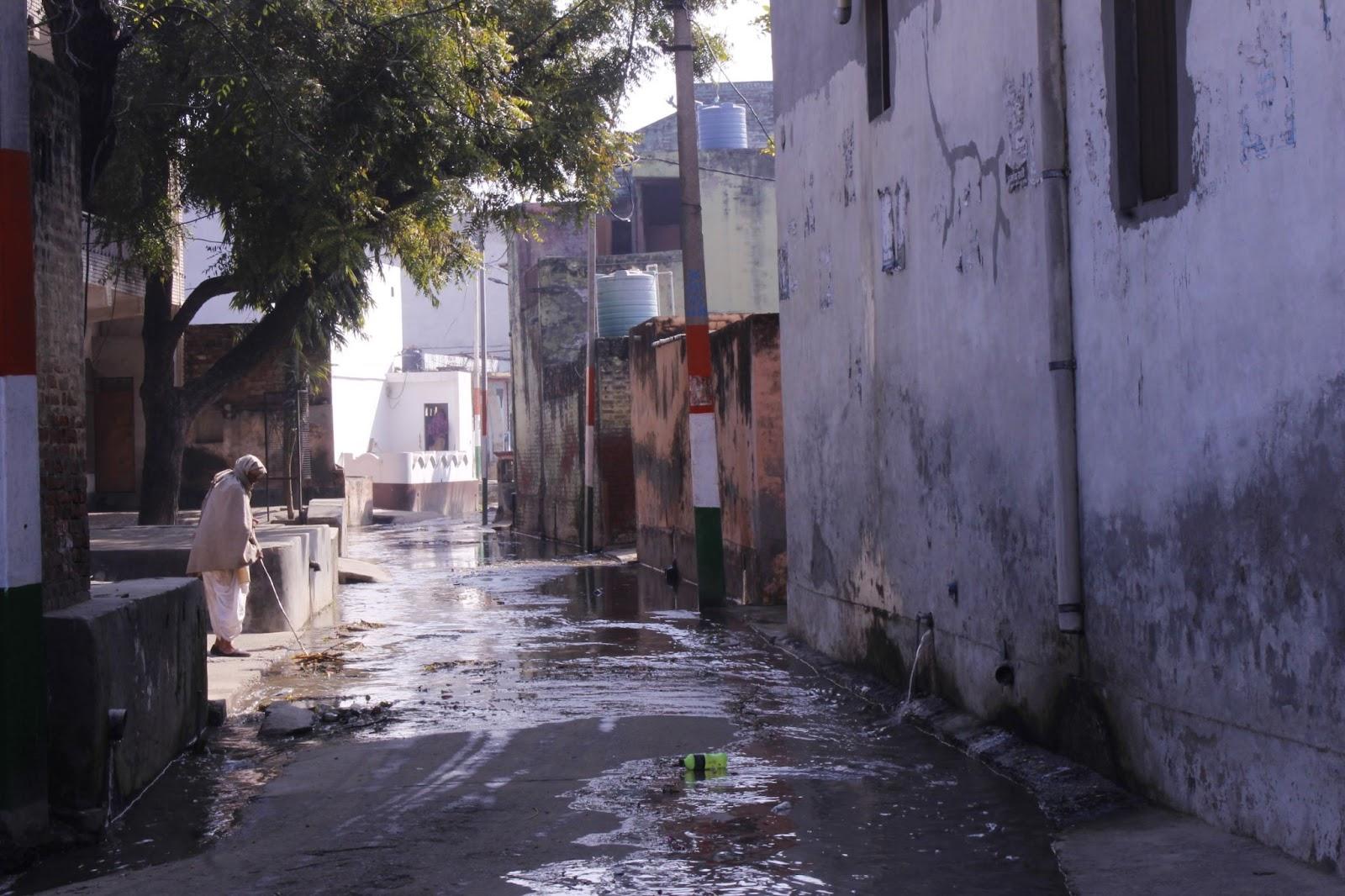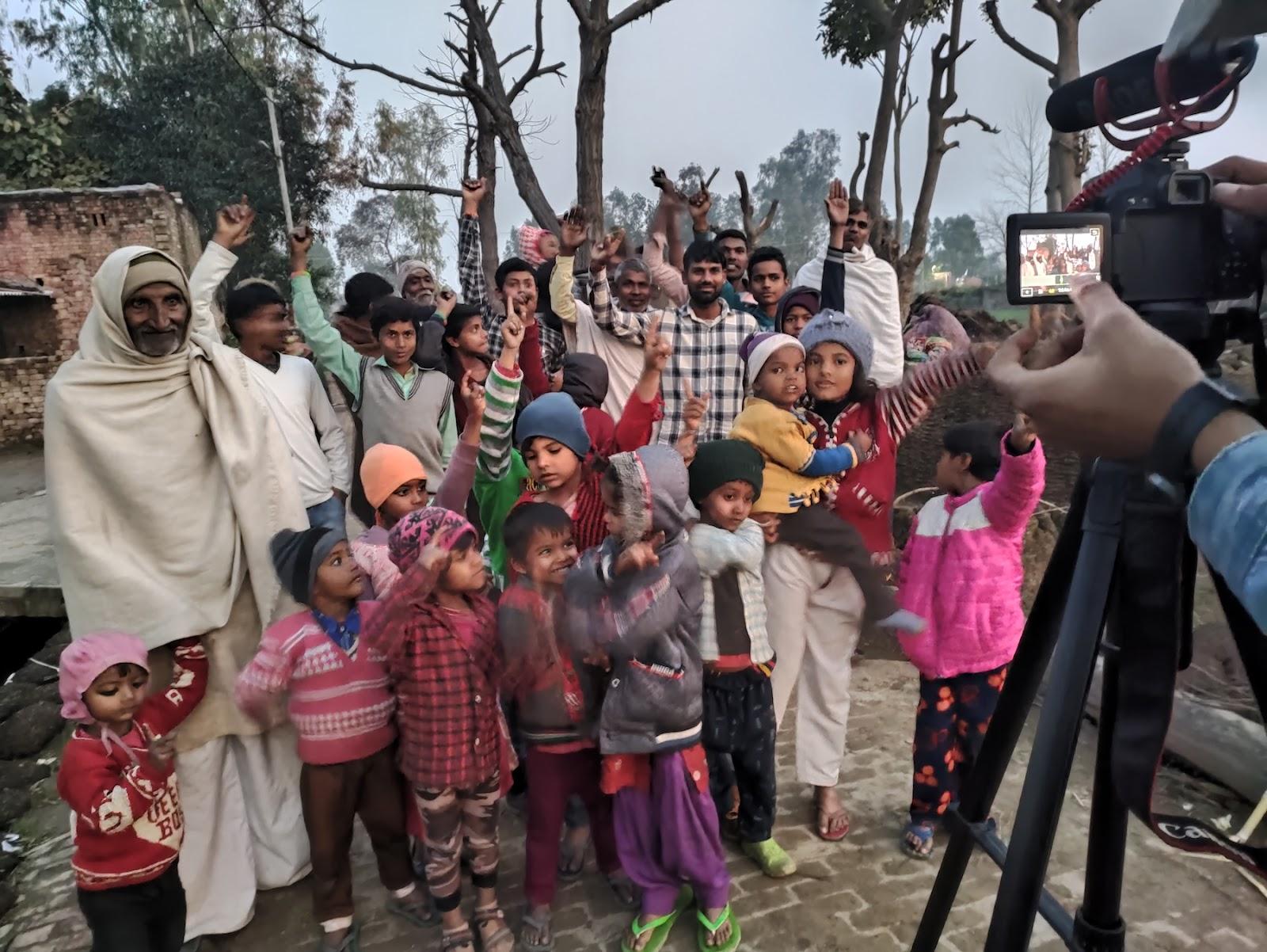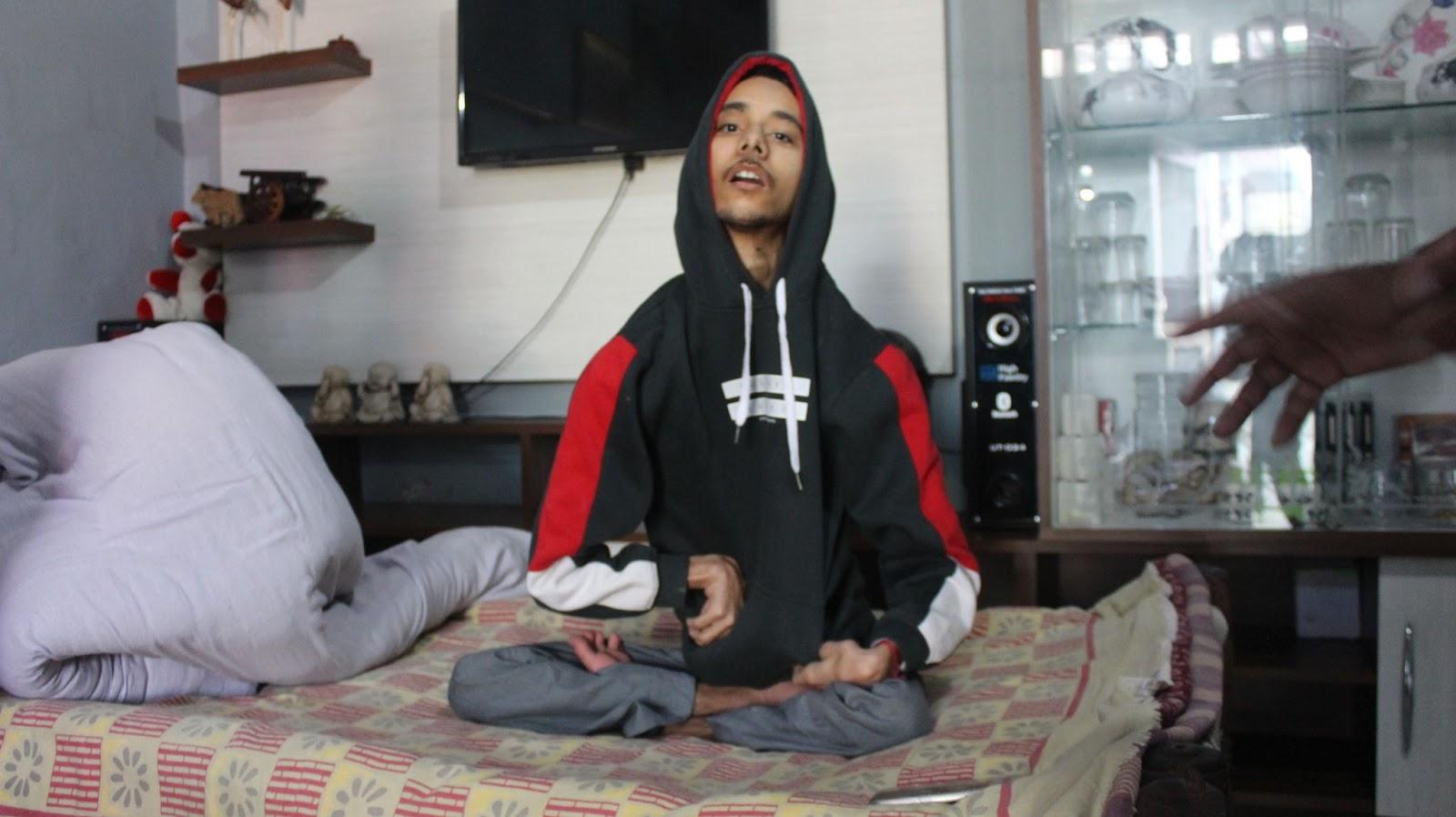Cancers Proliferate in UP Villages, Industries Safe
Eight years on
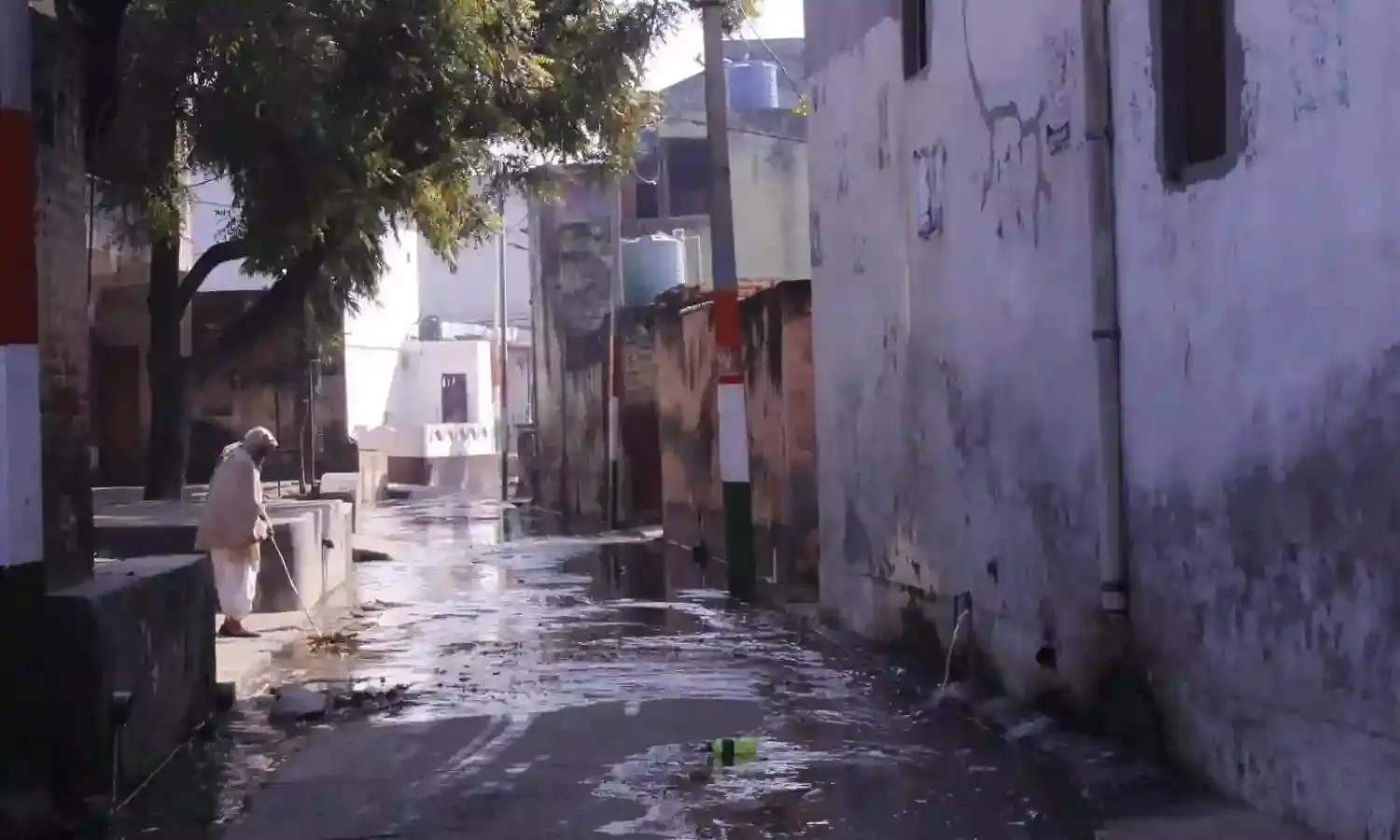
GANGNAULI: On the banks of the Krishna river, in the Baghpat district of Uttar Pradesh, toxic chemicals discharged by nearby industrial units have turned the drinking water of villages around the river poisonous. This toxic river might be the reason for life threatening diseases like cancer, hepatitis, paralysis, mental illness and congenital bone deformities prevalent among people here.
Back in 2014, former Haryana Pollution Control Board scientist Dr Chandraveer Singh brought the situation to light and upon testing the waters of the river hazardous metals such as lead, mercury, zinc and manganese were found in high concentrations. Later that year the Prime Minister’s Office reportedly demanded a “quick investigation” into alleged deaths caused by drinking from the poisoned river.
“Polluted water from the river has seeped into the groundwater and contaminated it,” says Satyendra Choudhary, a resident of the village and cancer survivor, eight years later.
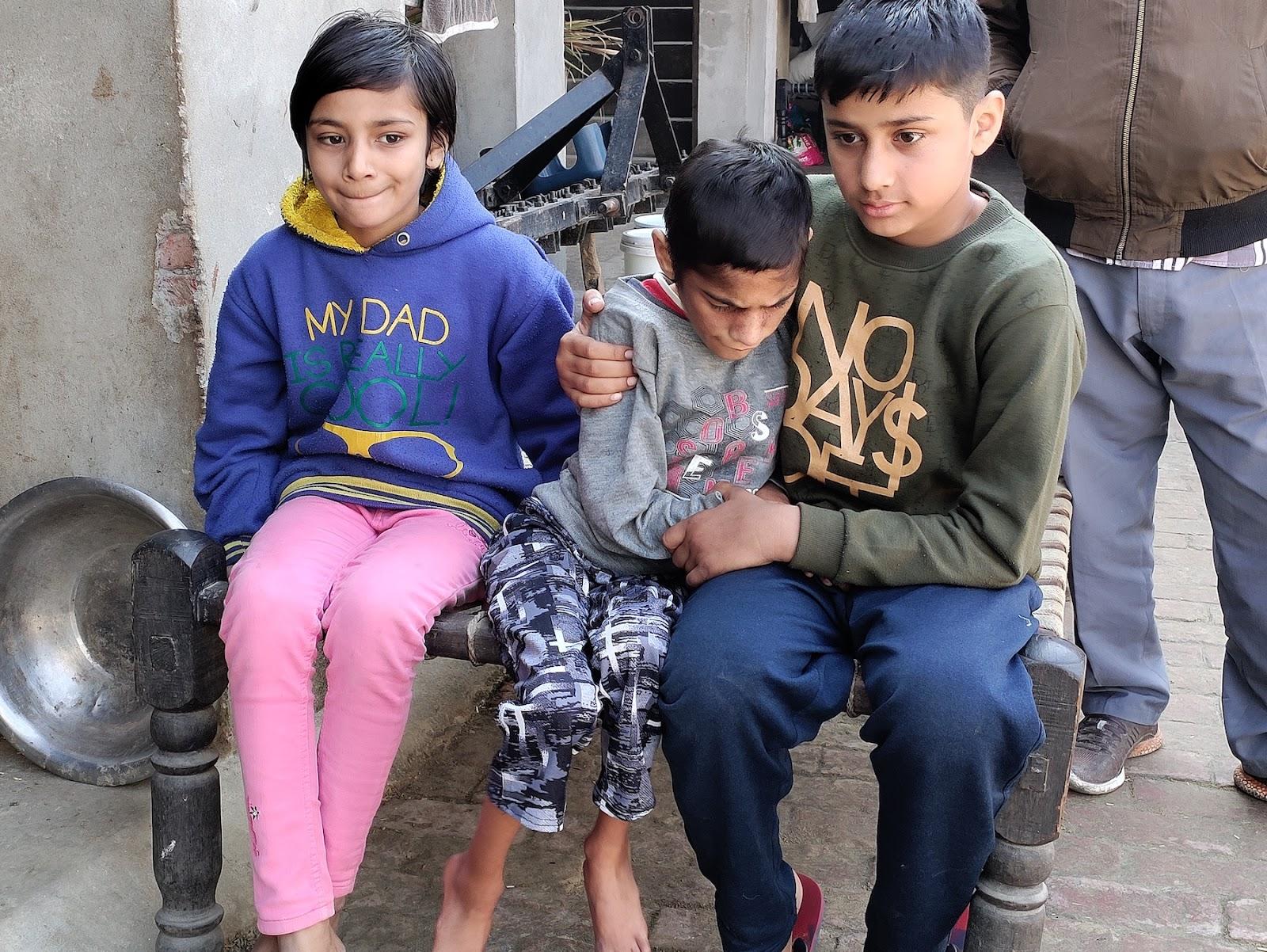
Gangnauli residents say these harmful chemical effluents are discharged directly into the river mainly from three entities - the sugarcane mills in Shamli, the paper mills in Sikka Silawar, and the government run slaughterhouses in Karo Babri - which are polluting the river beyond healing.
The state government has largely ignored a slew of orders and reprimands from the National Green Tribunal over the years, and having failed to provide safe water to most villages here it has also taken no action against the industries which continue to pollute the river and its groundwater.
According to village pradhan Devendra Choudhary, “There have been many cases of cancer and hepatitis c among adults, and many children are being born with deformities or some kind of mental disorders. The authorities are not paying any heed to our problems because we have a very small voter list.”
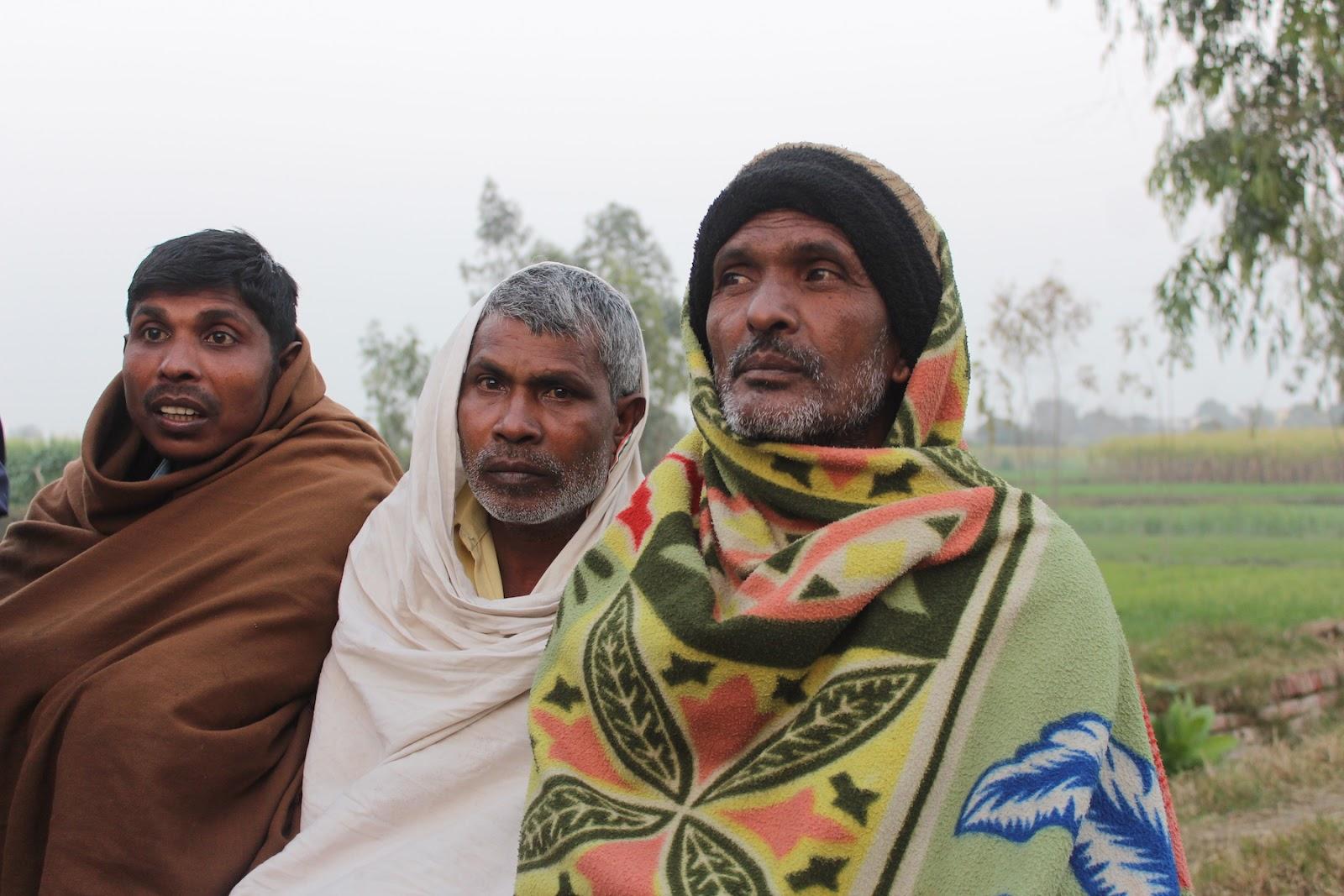
The toxins in the water have also killed off much of the flora and fauna around the village as the fishes and birds of the river have died, and its pungent smell keeps people far.
Om Singh, who has suffered from throat cancer for the last eight years, was the first individual to bring this dire situation to the notice of the National Green Tribunal, which then ordered the government to provide clean drinking water to the village, and has since levied huge fines for its failure.
“It has been more than eight years that we are faced with this situation, no one is there to help us. The journalists come and write about us but there has been no resolution, and we are left here with polluted water which is killing our children. We cannot even leave here, because we have no other place to go,” says Singh.
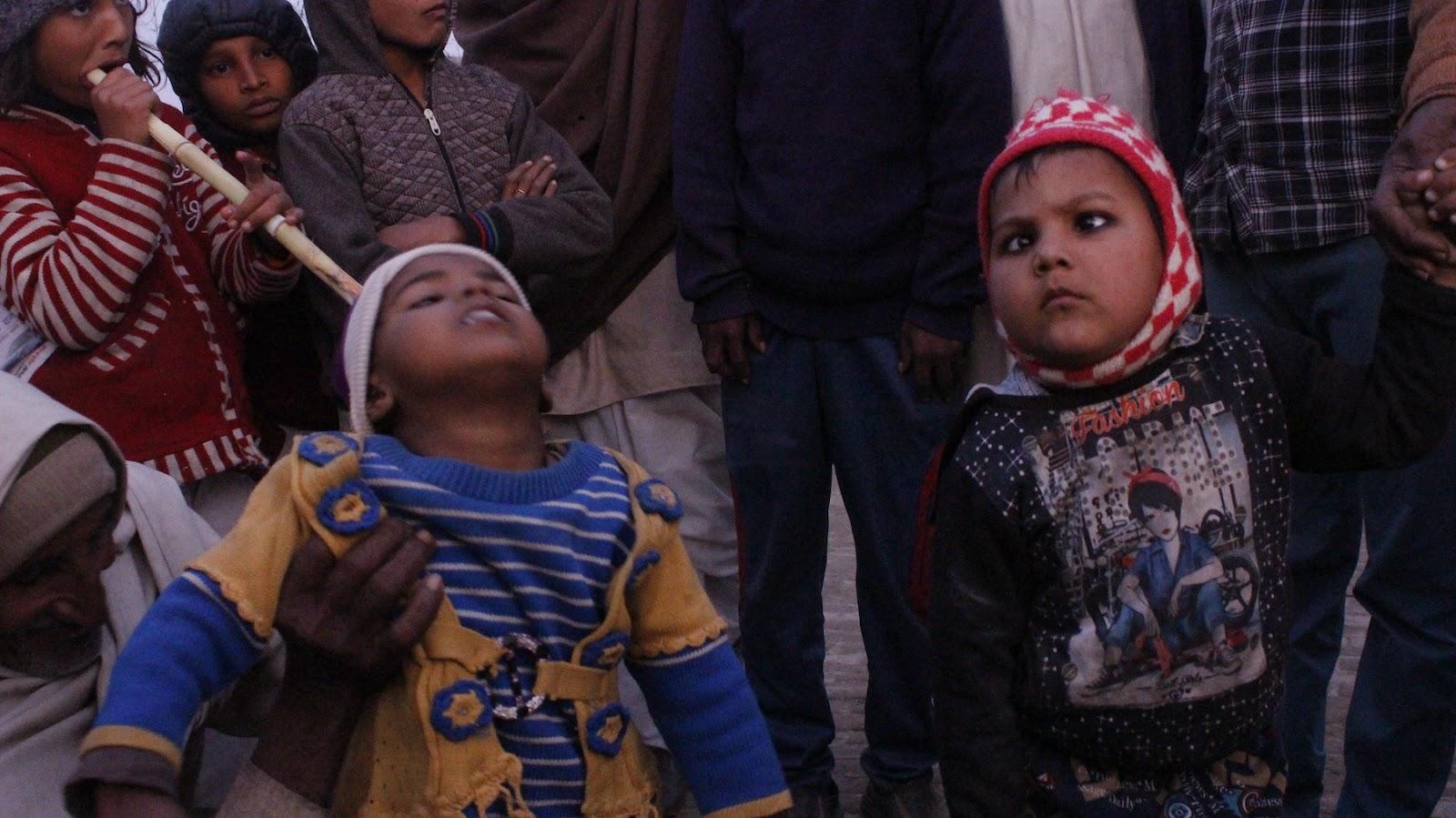
On the other side of the river lies Ibrahimpurr Majra, another village with about the same population and just 500 metres away. In contrast to Gangnauli, there seem to be no problems with the water supply. “We have clean water here, there is no problem whatsoever,” says local resident Deepak Rathi.
Further inquiry found that there is a growing disparity between the Jats (a raised caste) and the Kashyaps (a lowered class in the region). The Jats who own most of the farms in the area are quite well off and can afford clean water by means of filtration. It is those with lower incomes who are being affected by the polluting industries.
Mahaveer, a government official informed us that although the authorities provided tankers for clean water after being pressured by the NGT, “It’s been more than five years since those tankers have worked. There are also no borewells or tubewells deep enough to yield uncontaminated water. Teams are being sent regularly to survey the situation, but no steps are being taken.”
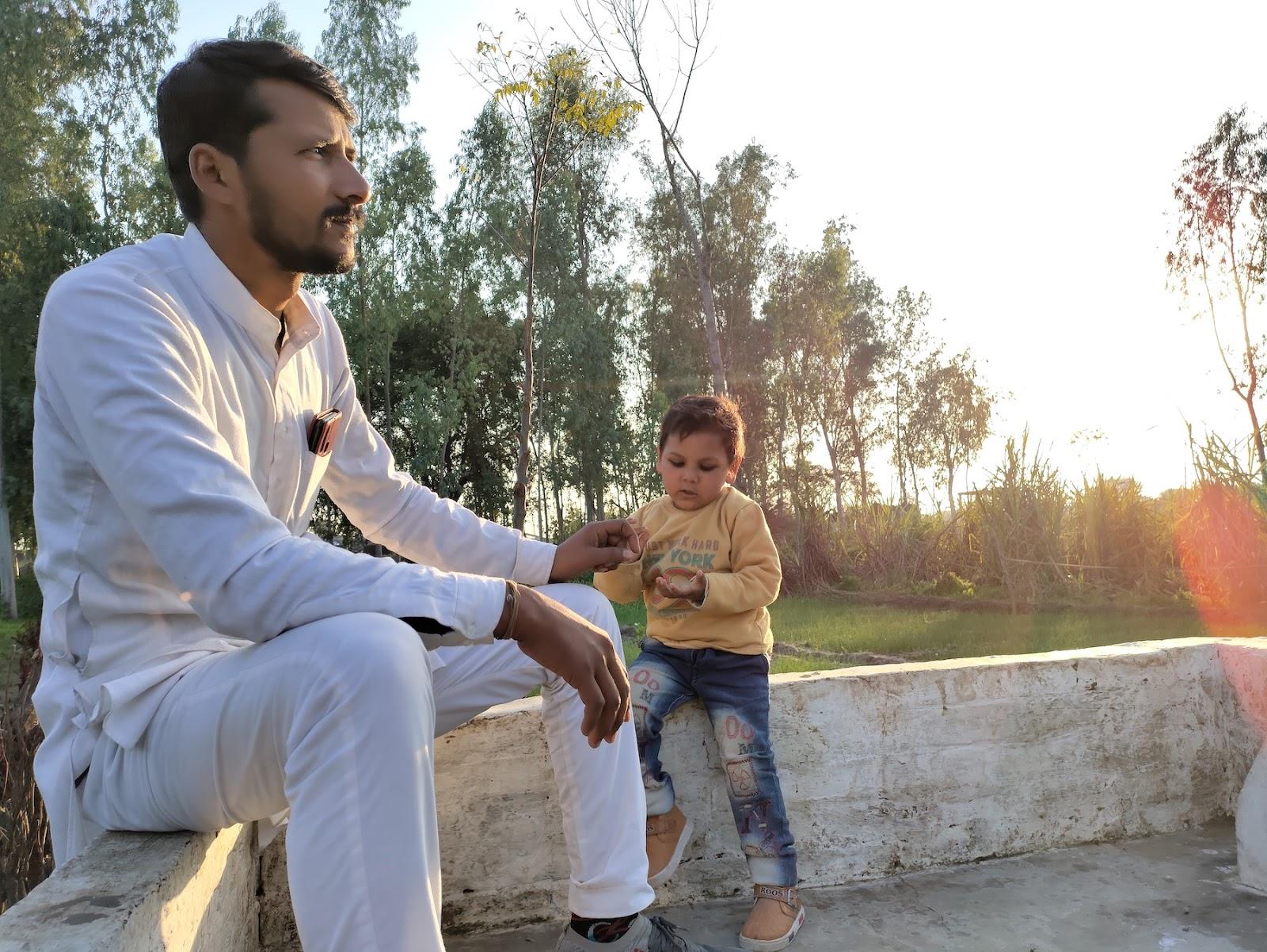
Raghuveer Singh, a four year old boy from Gangnauli was born healthy, but growing up his bones became deformed and he can no longer stand up straight. Reports suggest that this is due to the high lead content in the groundwater.
In this village however a deadly disease such as cancer is taboo, and anyone suffering from cancer is segregated by the villagers, which has left people hesitant to come forward and talk about it.
Although these waterborne diseases have crippled numbers of children and adults alike, there is still no provision for medical treatment here. The nearest hospital is 25 km away in the town of Baraut.
The situation remains dire and may lead to further, irreversible contamination of the groundwater. Residents say the government must take swift action against the industries polluting the river, and to clean the water before it seeps into the deepest levels.
“Thousands of people and children have died because of this and if it is not taken seriously soon enough we might be left to become extinct, like the fishes and birds of the river,” says Bhura, a former pradhan of the village.
Government and industry must realise the repercussions of dumping this untreated chemical waste into the river bodies which is forcing people into an inescapable hazard.
